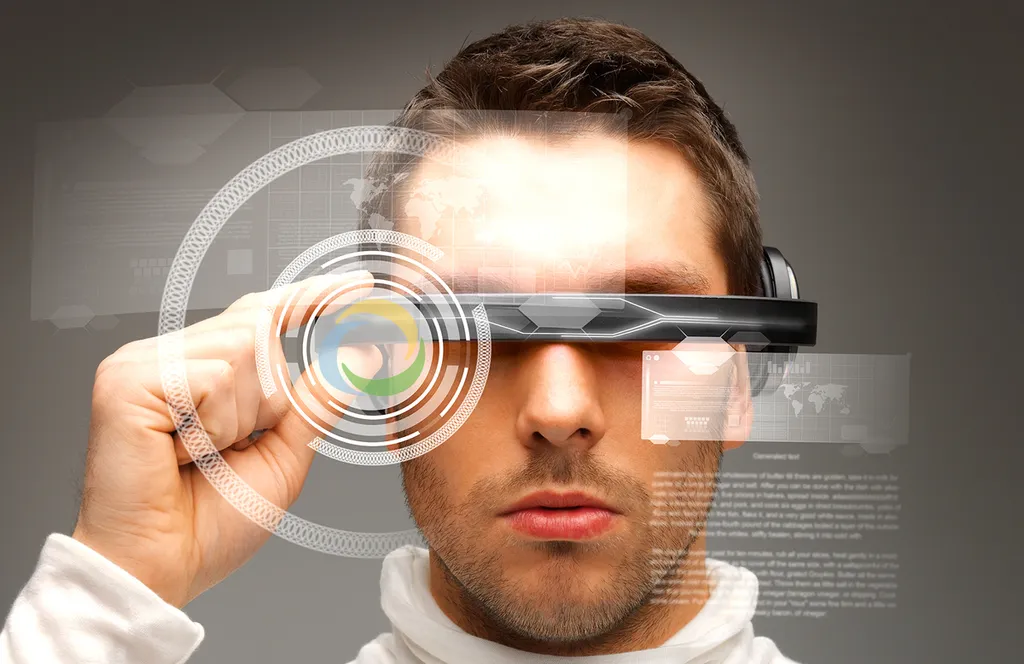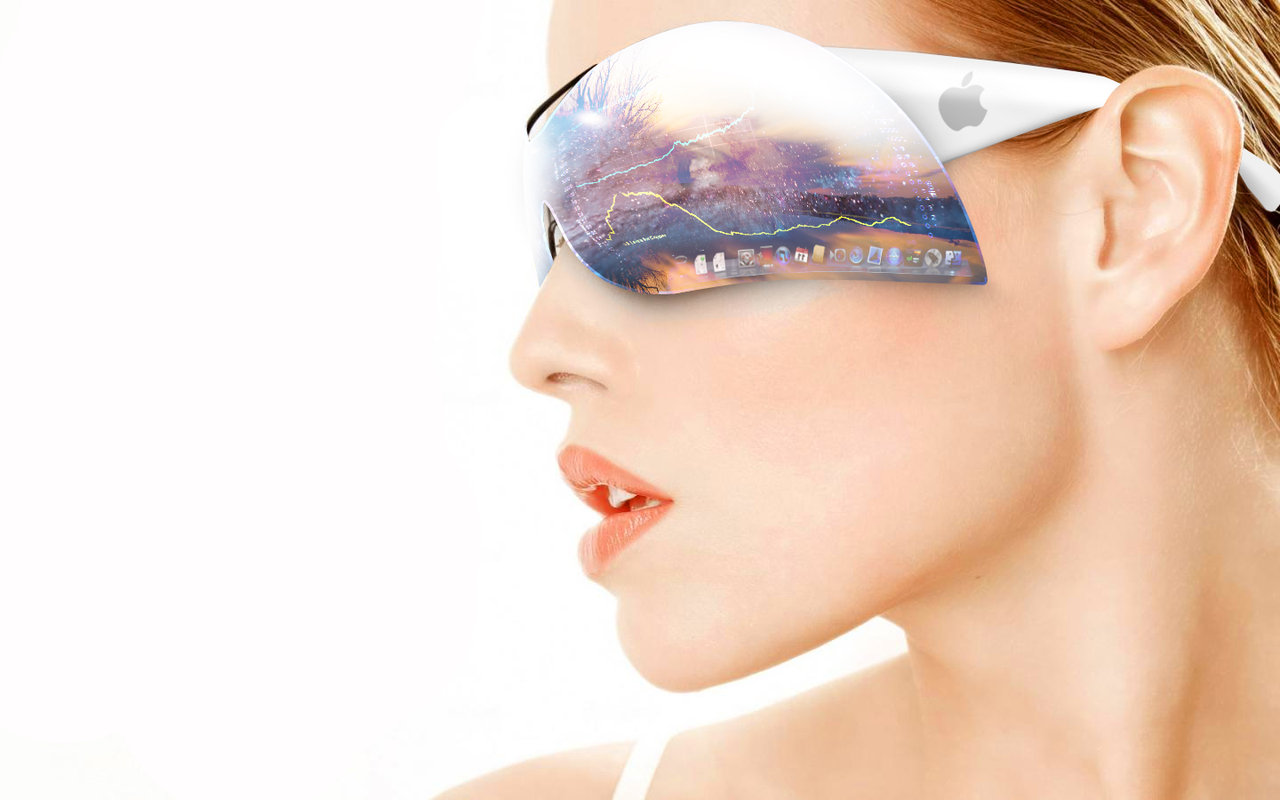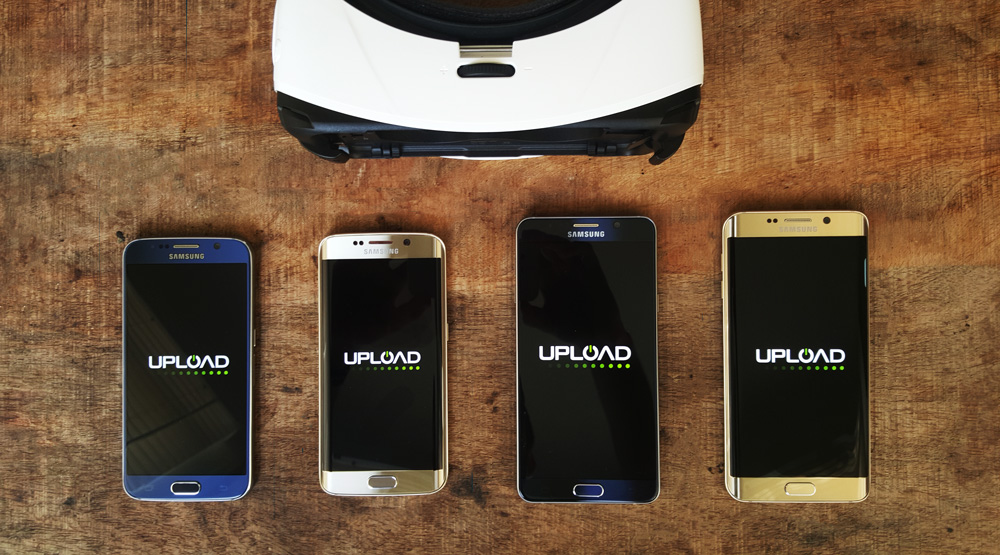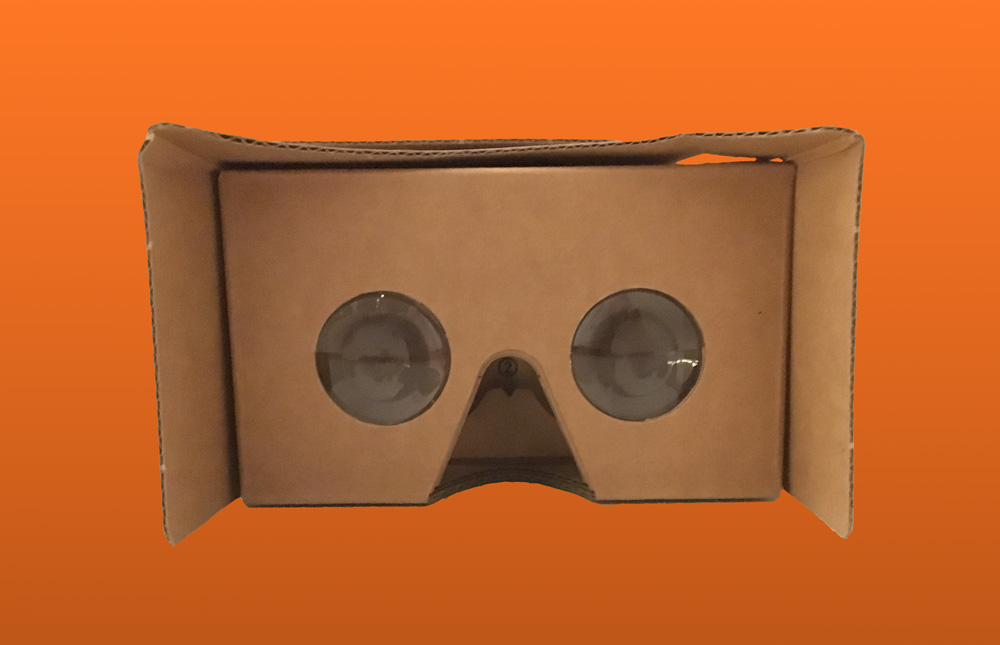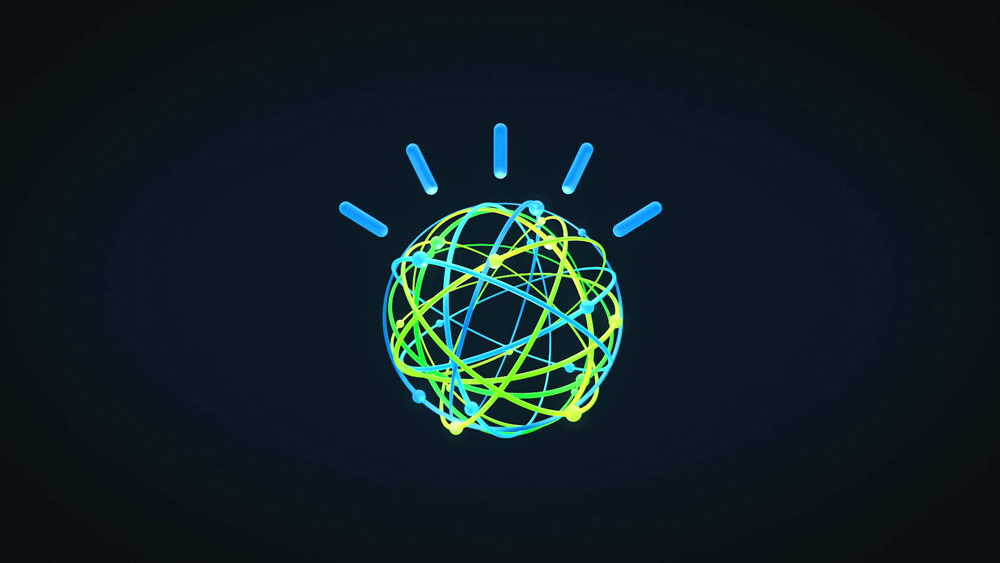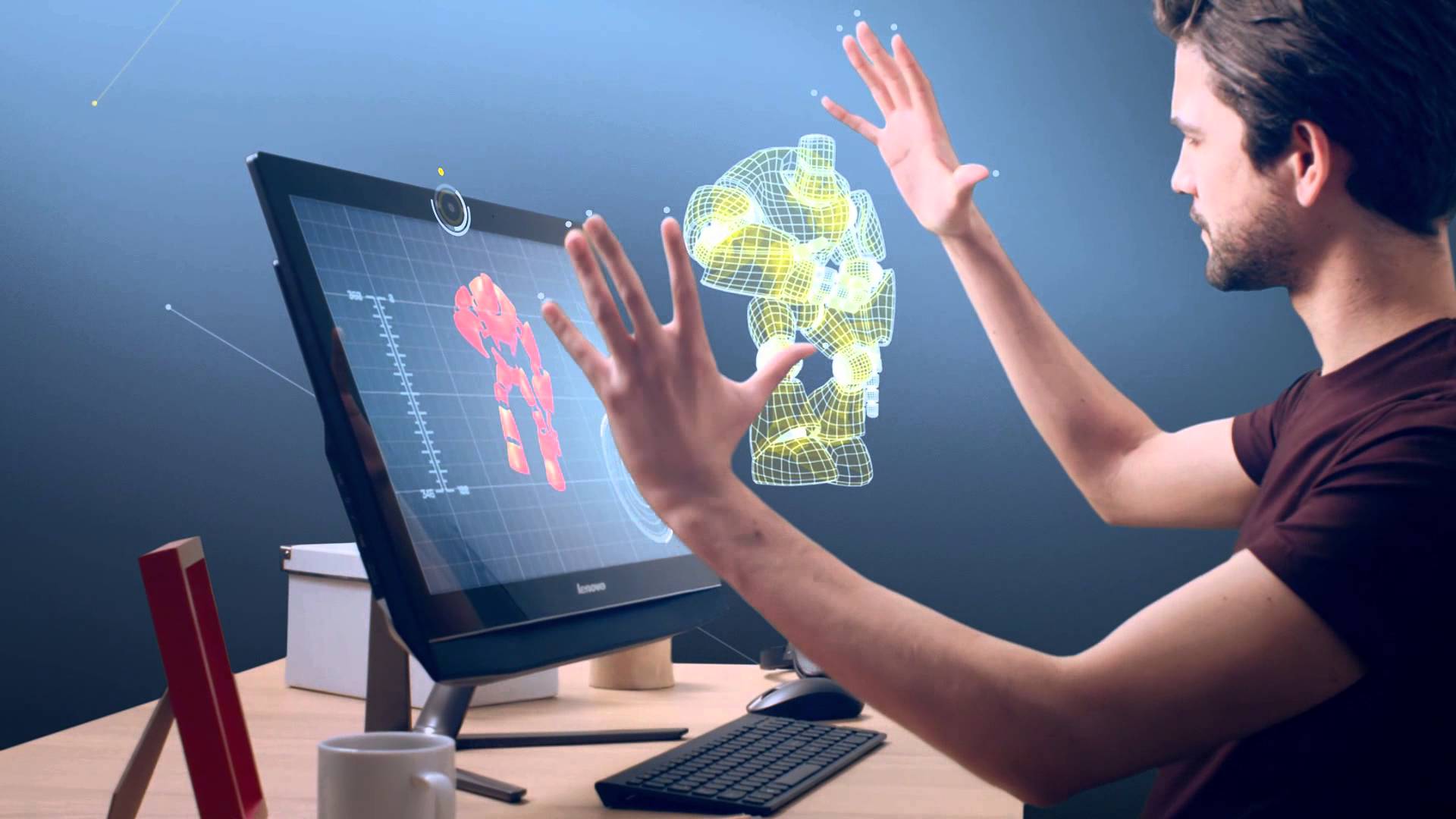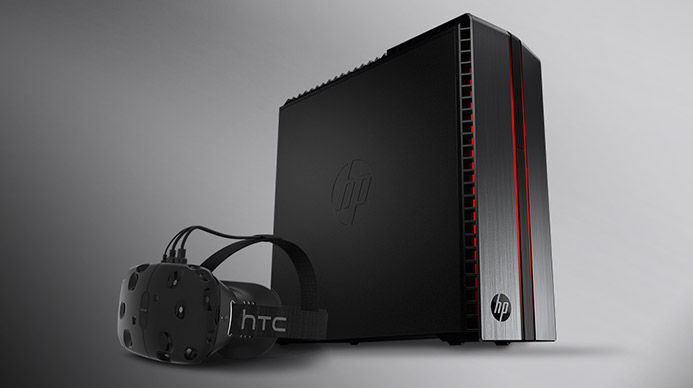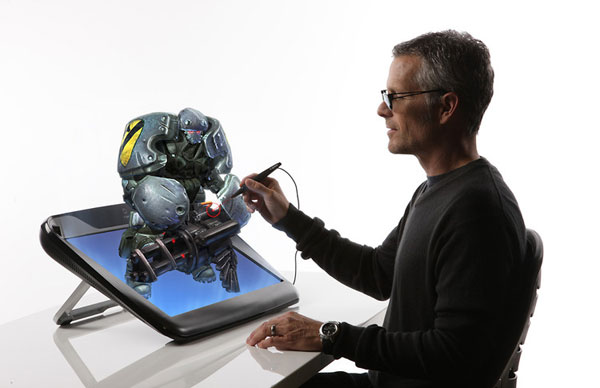Since Facebook acquired Oculus back in 2014, the virtual reality landscape is truly taking off with a new major company joining the fray seemingly every month. With yesterday’s not-too-surprising find that Amazon is jumping into VR it seems that an overwhelming majority of tech giants are poised to help define the next generation of computing.
Going by Fortune’s recent list of the largest technology companies in the world, eight out of the top ten are involved in some way with the coming AR and VR revolution. Some of these companies are involved more than others but they are all either exploring the space actively or creating products themselves.
Apple
Apple, the largest tech company in the world, appears to be at the very least giving AR and VR a good long look. The notoriously secretive company will likely not reveal plans in the new space before they are ready to ship a product, but all signs are pointing to something being in development.
The company recently hired VR researcher Doug Bowman and according to the report by Tim Bradshaw at The Financial Times Apple “has been building prototypes of possible headset configurations for several months.” Apple CEO Tim Cook recently said that he doesn’t think VR is a niche, and that it has “some interesting applications.” With a number of recent AR and VR focused acquisitions like Primesense, Metiao, and FaceShift and a number of recent patent filings, the writing appears to be on the wall that Apple is working on something in the VR and AR space.
Samsung
Shortly after the Facebook acquisition of Oculus, Samsung struck a strategic partnership with Oculus to share their OLED screen technology with the VR headset manufacturer. The deal also gave Samsung early access to Oculus’ software platform.
The marriage has been a happy one, with Samsung’s screens powering the soon-to-be-released Oculus Rift and the Oculus software “powering” Samsung’s Gear VR platform. The Gear VR is poised to become one of the most owned headsets on the market on the back of the company’s Mobile World Congress announcement that buyers can get a free Gear VR with the pre-order of a Galaxy S7 and S7 edge – a promotion that could lead to millions of headsets on the market.
As one of the highest quality headsets in the mobile VR market, Samsung is helping lead the way bringing the hardware to as many people as possible.
Microsoft
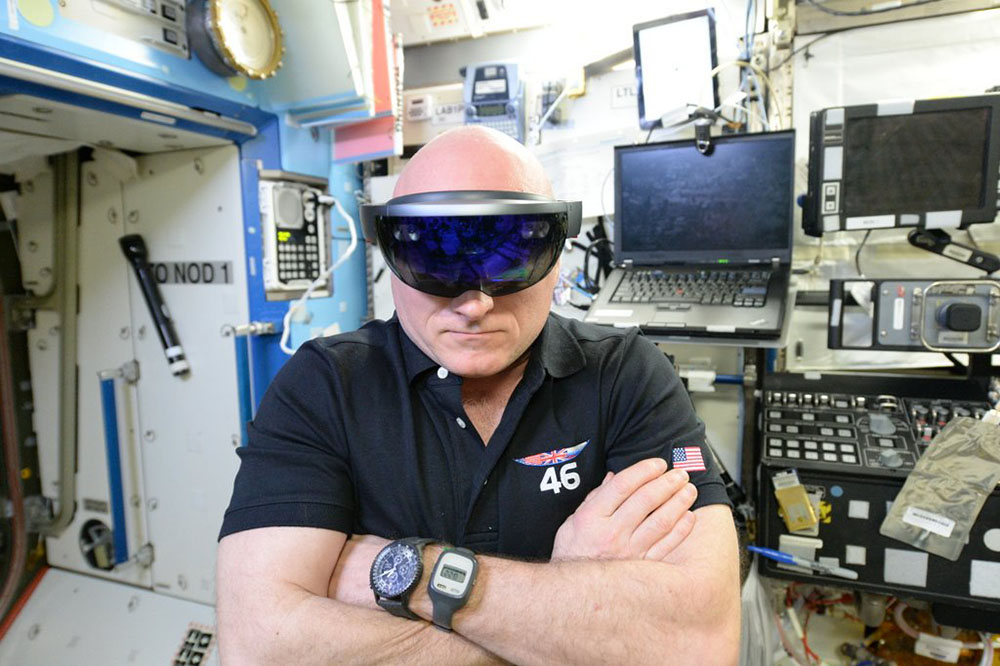
Last year at Microsoft’s Build conference, the company unveiled the Microsoft HoloLens – a self-contained Augmented Reality headset that is set to ship to developers this month. Some developers have balked at the developer kit’s $3000 price tag, especially considering the headset’s relatively low field of view. Despite that, Microsoft has arguably one of the best computer vision research teams in the world, and that research is likely powering the device with some pretty strong capabilities in the future.
Additionally the company appears to have a deep relationship with Oculus, bundling its Xbox One controller with the Rift, offering Minecraft on Oculus-powered devices and limited support for the Rift on Xbox One (though how limited that stays remains to be seen).
Since releasing Google Cardboard at Google I/O in 2014, Google’s VR involvement has transformed from a “20 percent project” to a full-on department in less than two years. While Cardboard is obviously limited by its simplicity and lack of actual hardware tech, it is helping to power a revolution through wide distribution of basic VR. Last year the company worked with the New York Times to ship over 1 million Cardboards to subscribers of the paper’s Sunday edition and, according to Google, more than 5 million of the headsets have shipped since its inception.
Additionally, Google appears to be helping align and standardize the hardware ecosystem around Android, potentially in an effort to create more stability in the market for better VR support. The company is already working on a VR version of the OS, and rumors abound about a potential Gear VR competitor we are expecting to hear more about later this year.
Google’s Project Tango team is actively involved with their VR efforts too, helping build technology that could power the next generation of mobile VR experiences. The efforts of the Tango team include important ideas like inside-out positional tracking and room mapping. Google also recently announced it would be bringing the technology into multiple smartphones including a brand new Lenovo phone.
Also worth noting is Google’s investment in another company doing some pretty amazing things in the AR space, Magic Leap. In 2014 Google helped lead a $542M investment round in the enigmatic startup, which recently received a $4.5bn valuation despite never publicly displaying a product.
IBM
IBM’s steps into VR have been small so far, but its impact could be huge. IBM’s cloud-based Watson platform, one of the most advanced artificial intelligences in the world, is already beginning to power VR experiences. With Watson, IBM could help bring unparalleled levels of depth to interaction with characters in virtual worlds, including enabling things like natural voice communication.
The company’s Japanese division also appears to be working on a marketing experience based on the popular anime Sword Art Online, which is set to debut to a limited group of testers later this month.
Intel
Intel has been an active player in the virtual reality space so far and they appear poised to become even more heavily involved. Intel is looking to use its RealSense technology to power things like inside-out positional tracking and finger tracking for mobile VR.
The company recently announced that they will be releasing developer kit phones powered by RealSense technology and Google’s Project Tango as well as a plastic VR/AR HMD to hold it.
HP
In order to run the best VR experiences out there, you’re going to need a good PC. HP has been making PCs for decades, so it only makes sense that the company has created a $999 “VR Ready PC” HTC’s VR ready PC program.
Outside of the PC market, HP doesn’t have any other active plays in the VR and AR space – but the company will likely look to be a big part of the ecosystem going forward.
Foxconn
Another fringe candidate on this list, Foxconn is the world’s largest electronics manufacturer. The company has worked in the past to help build zSpace, an educational “real world virtual reality” system.
Perhaps more interesting, however, is how Foxconn may play with the top company on this list – Apple – in the near future. Rumors are currently circulating that the company is looking to acquire the Japanese technology giant Sharp in a deal that could reportedly be worth upwards of $6bn. According to the reports the move would help deepen Foxconn’s relationship with Apple, and possibly could lead to the company bringing high performance OLED screens – the type needed for comfortable VR experiences – to Apple phones in the future.
—
These eight companies still only represent a fraction of the virtual reality ecosystem. Companies like Sony, LG, HTC and Facebook, who didn’t make Forbes’ top 10, are poised to make huge impacts this year with their respective headset launches.
The future of VR appears brighter every day.
Featured Image Source: Flickr

